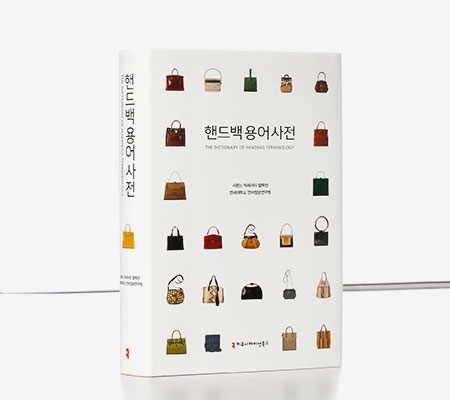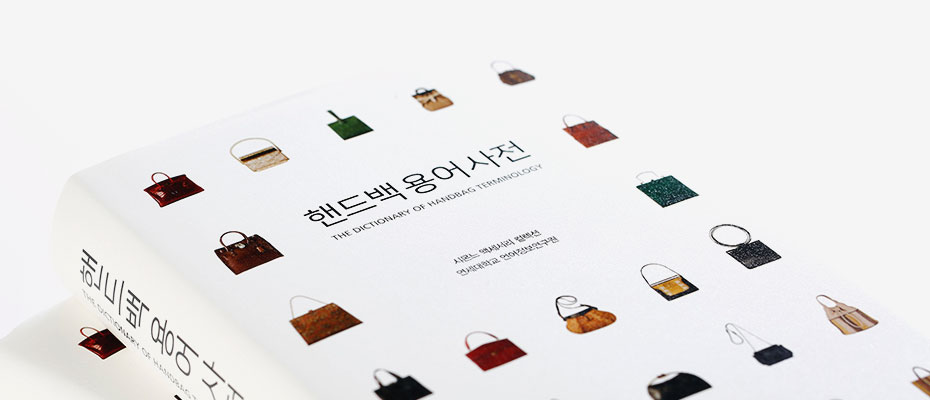Handbag Glossary
Wisdom and Sincerity Make Way for Craftsmanship,
A Unique Value Created Over a Long Period of Time,
All Answered with Simone

Handbag Glossary
Handbag Glossary
CEO Kenny Park overheard a Korean employee using Japanese to teach technical skills (such as “Put the cover on the handbag” in Japanese) to local Vietnamese employees. It was then that he decided to make a handbag glossary in Korean, hoping that the terms used for handbags could be used in the beautiful Korean language.


Numerous people collaborated on creating the handbag glossary:
Simone's handbag making expert, Yonsei University Language Information Research Institute, a book publishing specialist, and over 100 glossary production experts. A literature search was conducted during the first six months which resulted in a collection of 2,700 headwords.
Researchers visited the handbag production site from time to time and had weekly meetings with handbag experts to find the intersection of the terms as used in literature and in the field. Researchers were able to use the explanation process to add new words to the list.
The handbag glossary contains 1,006 headwords such as handbag style, origin, name, technology, and machine. The glossary was formatted like this to not only provide information on the visible parts of a handbag, but the actual story behind the creation of the handbag. When employees can understand the entire process and the beauty within, they can feel more attachment to the products they are creating.
The glossary contains a variety of photographs and easy-to-understand terms in order to improve the accessibility of the terminology for non-specialists. It has been translated into English, Chinese, Indonesian, Vietnamese, and Cambodian as well as Hangul by language experts. The glossary serves as a communication guide for all types of fashion industry experts such as designers, merchandisers, production staff, craftsmen, quality assurance, and quality control.

